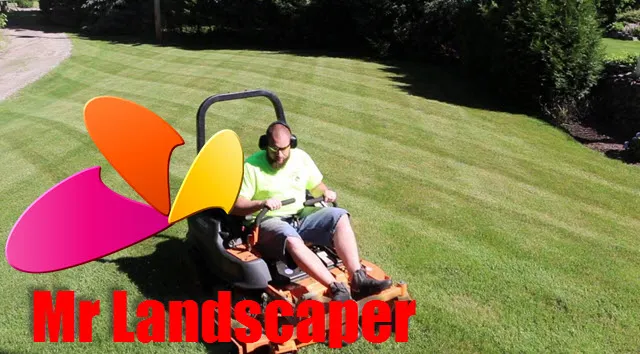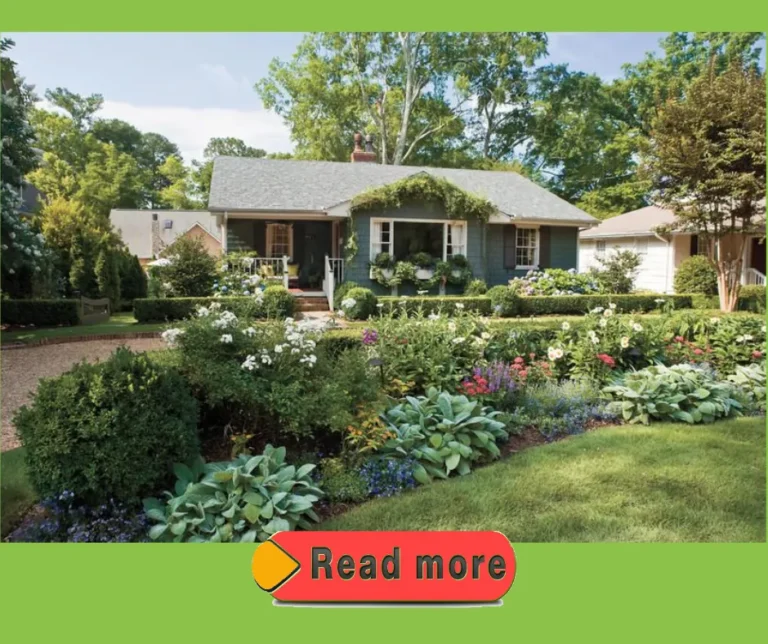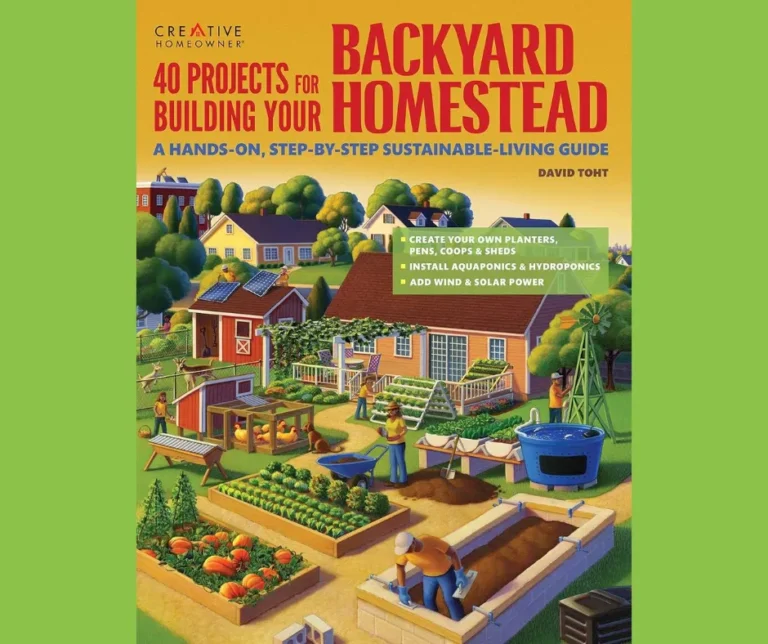The Power of Green Upcycling Outdoors
Are you looking to transform your outdoor space into a lush and inviting oasis while also reducing your environmental impact?
Look no further than The Power of Green Upcycling Outdoors for sustainable landscaping.
This innovative approach to designing and maintaining outdoor spaces not only enhances the beauty of your surroundings, but also promotes responsible use of resources and supports a healthier ecosystem.
As the world continues to face the consequences of climate change and depletion of natural resources, there has never been a more critical time to embrace eco-friendly practices.
By incorporating sustainable landscaping techniques, you can not only create a stunning outdoor retreat, but also make a positive impact on the environment.
In this article, we will explore the power of green and how it can help you create an eco-friendly outdoor oasis that you can enjoy for years to come.
From incorporating native plants to reducing water usage, we will provide you with tips and insights on how to implement sustainable landscaping in your outdoor space.
Let’s dive into the world of green landscaping and discover how it can transform your outdoor oasis into a sustainable haven.
Table of Contents The Power of Green Upcycling Outdoors
Choose native plants for biodiversity
To enhance the biodiversity of your outdoor oasis and contribute to a sustainable landscape, it is crucial to choose native plants.
Native plants are species that naturally occur in a particular region and have adapted to the local climate, soil conditions, and wildlife interactions.
By incorporating native plants into your garden, you are providing a habitat for local wildlife, such as birds, butterflies, and beneficial insects, which play a vital role in pollination and pest control.
Additionally, native plants require less water, fertilizer, and pesticides, as they are already acclimated to the local environment.
This promotes a healthier ecosystem and reduces the environmental impact of your outdoor space.
With The Power of Green: Creating an Eco-Friendly Outdoor Oasis with Sustainable Landscaping, selecting native plants becomes an essential step towards creating a thriving, biodiverse landscape.
Install a drip irrigation system
To further enhance the sustainability and efficiency of your eco-friendly outdoor oasis, consider installing a drip irrigation system.
This innovative irrigation method delivers water directly to the roots of plants, minimizing water wastage through evaporation and runoff.
With The Power of Green: Creating an Eco-Friendly Outdoor Oasis with Sustainable Landscaping, implementing a drip irrigation system ensures that your plants receive adequate hydration while conserving precious water resources.
By providing a slow and steady supply of water, this system promotes healthier plant growth, reduces weed growth, and minimizes the risk of disease.
Additionally, the controlled release of water minimizes soil erosion and nutrient leaching, further supporting the overall sustainability of your landscape.
Take advantage of the efficiency and environmental benefits of a drip irrigation system to maximize the green potential of your outdoor oasis.
Use organic and local materials
When creating your eco-friendly outdoor oasis with sustainable landscaping, it is crucial to prioritize the use of organic and local materials.
By opting for organic materials, such as organic fertilizers and pesticides, you can minimize the environmental impact of your landscaping practices.
These natural alternatives are free from harmful chemicals, ensuring the health and well-being of your plants, as well as the surrounding ecosystem.
Additionally, sourcing materials locally reduces transportation emissions and supports local businesses, contributing to a more sustainable and resilient community.
Incorporating organic and local materials into The Power of Green: Creating an Eco-Friendly Outdoor Oasis with Sustainable Landscaping not only enhances the overall aesthetic appeal but also promotes a greener and more environmentally conscious approach to landscaping.
Incorporate a rainwater harvesting system
To further enhance the eco-friendliness of your outdoor oasis in The Power of Green: Creating an Eco-Friendly Outdoor Oasis with Sustainable Landscaping, consider incorporating a rainwater harvesting system.
By capturing and storing rainwater, you can reduce your reliance on municipal water sources and conserve this precious resource.
The collected rainwater can be used for various purposes, such as irrigation, watering plants, and even cleaning outdoor surfaces.
Not only does this system promote sustainability, but it also helps lower your water bills and decrease the strain on local water supplies.
Installing a rainwater harvesting system in your landscape design demonstrates your commitment to environmental stewardship and adds another layer of eco-consciousness to The Power of Green: Creating an Eco-Friendly Outdoor Oasis with Sustainable Landscaping.
Embrace sustainable lawn care practices
Maintaining a lush green lawn is a key component of The Power of Green: Creating an Eco-Friendly Outdoor Oasis with Sustainable Landscaping.
By embracing sustainable lawn care practices, you can minimize your environmental impact while still enjoying a beautiful yard.
Start by reducing the use of chemical fertilizers and pesticides, which can seep into the soil and harm beneficial insects and wildlife.
Instead, opt for organic alternatives or explore natural methods such as composting, which enriches the soil and promotes healthy grass growth.
Additionally, consider adjusting your watering habits by utilizing rainwater collected from your rainwater harvesting system.
This not only conserves water but also ensures that your lawn receives a sufficient supply of moisture.
Lastly, mow your lawn at a higher setting to encourage stronger root growth and reduce water evaporation.
Embracing these sustainable lawn care practices will not only create a greener outdoor oasis but also contribute to a healthier and more sustainable environment.
In conclusion, incorporating sustainable landscaping practices into your outdoor oasis not only benefits the environment, but also creates a more beautiful and functional space for you to enjoy.
By choosing native plants, using organic materials, and implementing water-saving techniques, you can reduce your carbon footprint and contribute to a healthier and more sustainable planet.
So go ahead and take the first step towards creating an eco-friendly outdoor oasis – your future self and the planet will thank you.
FAQ
What are some key principles of sustainable landscaping that can help create an eco-friendly outdoor oasis?
To create an eco-friendly outdoor oasis through sustainable landscaping, focus on using native plants, minimizing water usage through efficient irrigation systems, incorporating composting and mulching practices, and promoting biodiversity by attracting beneficial insects and wildlife.
Additionally, prioritize soil health by avoiding chemical fertilizers and pesticides, and opt for organic alternatives.
Implementing these key principles will not only enhance the beauty of your outdoor space but also help protect the environment for future generations to enjoy.
By following these sustainable practices, you can create a landscape that is both aesthetically pleasing and environmentally responsible.
How can incorporating native plants into your outdoor space help support local wildlife and reduce water usage?
Incorporating native plants into your outdoor space can support local wildlife by providing food and habitat for native species.
These plants have evolved to thrive in your region’s climate and soil conditions, reducing the need for excess water and maintenance.
By choosing native plants, you can create a more sustainable and biodiverse ecosystem in your yard, attracting pollinators, birds, and other wildlife that rely on these plants for survival.
Additionally, native plants typically require less water once established, helping to conserve water resources and reduce your overall water usage.
What are some environmentally-friendly landscaping materials and techniques that can help reduce waste and promote sustainability?
When looking to create an eco-friendly landscape, consider using recycled materials like reclaimed wood or rubber mulch.
Opt for native plants that require less water and maintenance, reducing chemical usage.
Implement rain barrels to collect water for irrigation, reducing reliance on municipal sources.
Utilize compost to enrich soil and reduce waste.
Consider xeriscaping techniques to minimize water usage.
By incorporating these materials and techniques into your landscaping, you can help reduce waste, conserve resources, and promote sustainability in your outdoor space.
How can incorporating renewable energy sources, such as solar panels or wind turbines, into your outdoor space help reduce your carbon footprint?
By incorporating renewable energy sources like solar panels or wind turbines into your outdoor space, you can reduce your carbon footprint.
These sources generate clean, sustainable energy that doesn’t produce harmful greenhouse gas emissions when generating electricity.
By using renewable energy, you decrease your reliance on fossil fuels, which are major contributors to climate change.
This shift towards cleaner energy sources helps to mitigate the impact of global warming and reduces your overall environmental impact.
Making this change in your outdoor space can contribute to a more sustainable future for the planet.
What are some ways to incorporate water-saving strategies, such as rainwater harvesting or drip irrigation, into your outdoor oasis to promote sustainability?
To incorporate water-saving strategies into your outdoor oasis, consider installing a rainwater harvesting system to collect water for irrigation.
Additionally, you can switch to drip irrigation for targeted and efficient watering.
These methods help conserve water, reduce your environmental impact, and promote sustainability in your outdoor space.
Remember to regularly maintain these systems to ensure optimal performance and water savings in your oasis.








